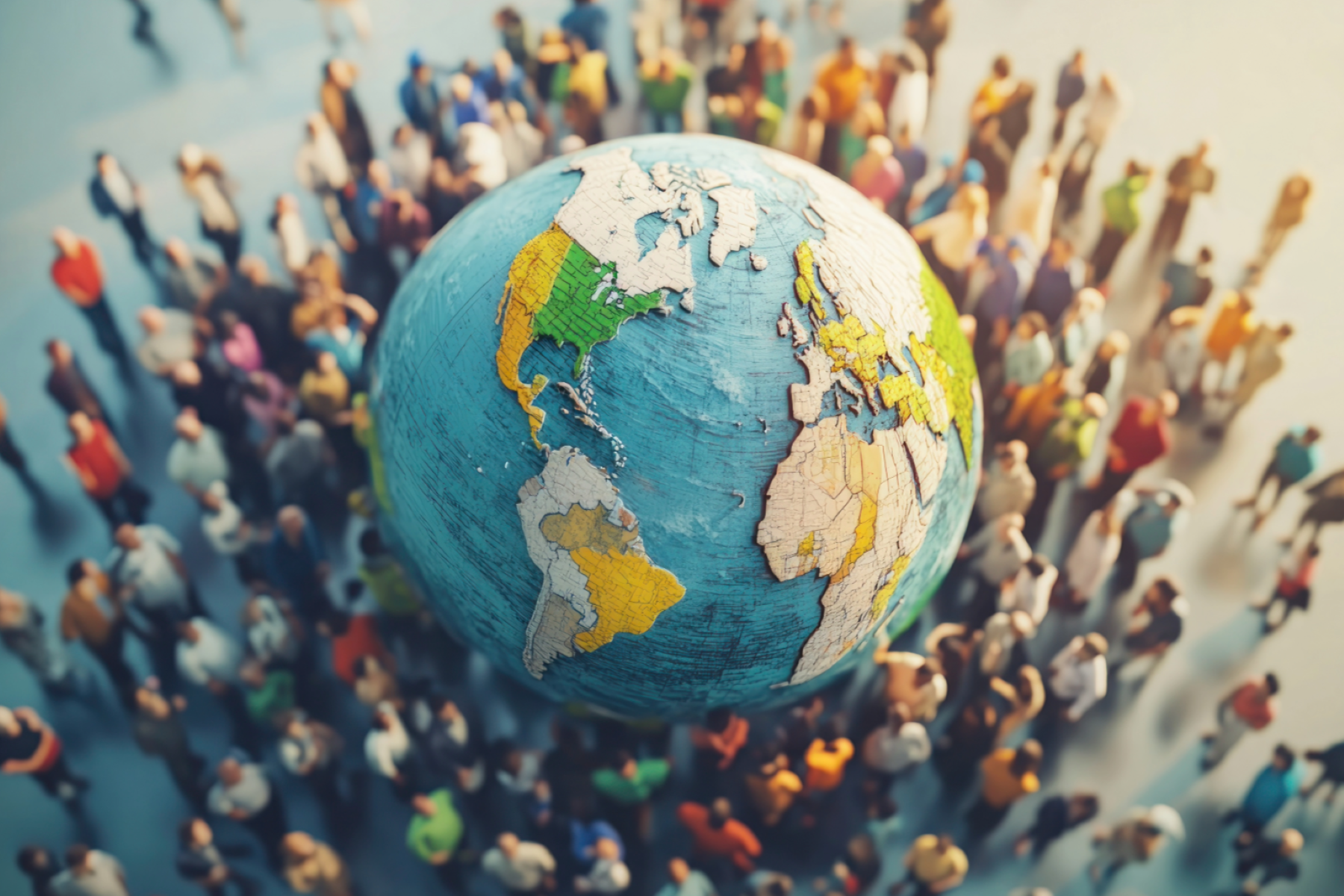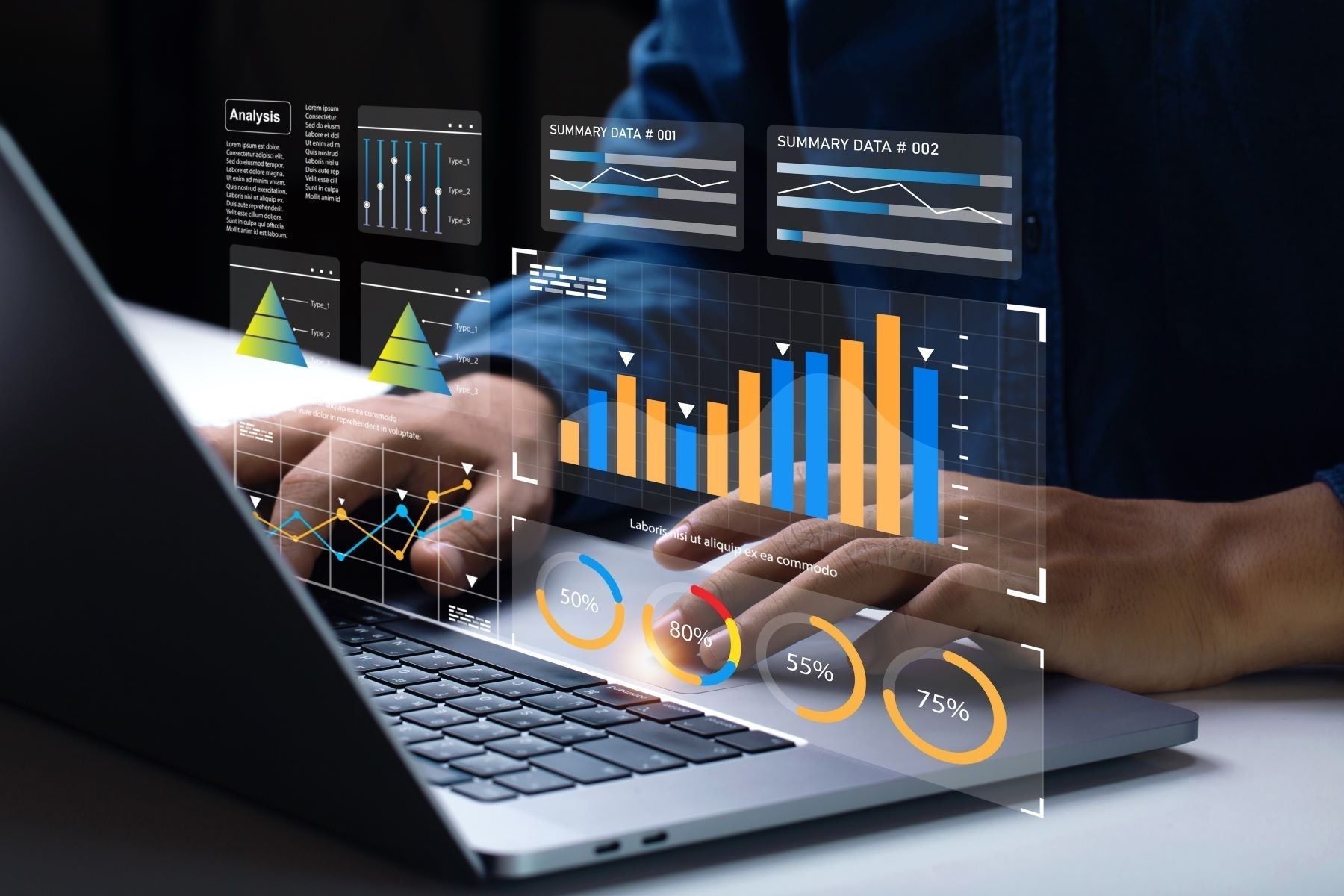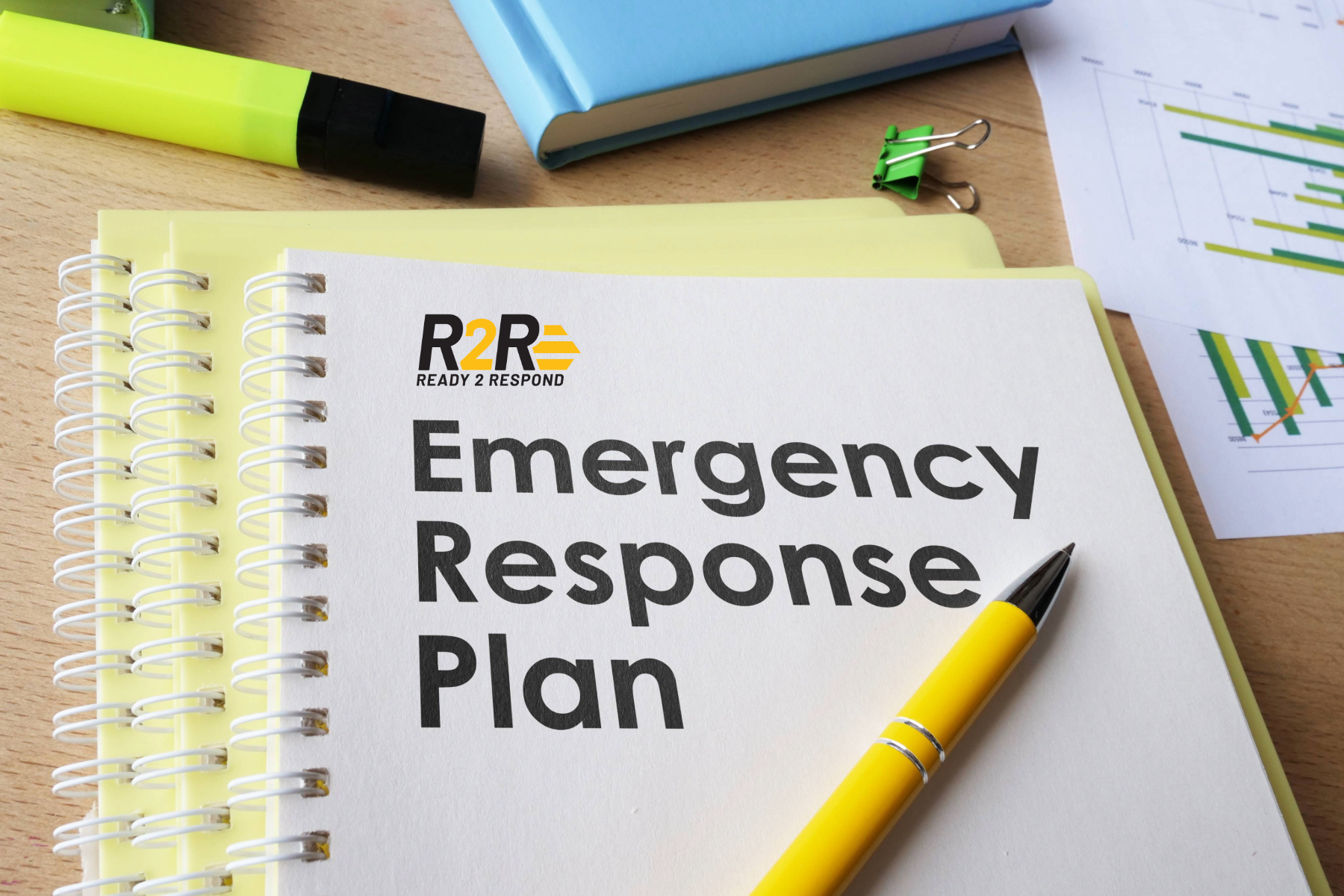Insights
Case Study: Prisma Health Strengthens In-House Water Response
Partnering with R2R transformed Prisma Health Baptist Hospital’s approach to water damage. Within the first two months, they successfully managed eight water incidents in-house and almost doubled their ROI.
The Power of Inclusive Communication
To foster more effective communication in facility management, evaluate your current communication practices for gaps, then incorporate inclusive tools or training, and encourage active participation from all team members.
Core Skills for Today's Facility Leaders
When you master these core facility management leadership skills, you enhance your team's emergency response capabilities and help to protect buildings, maintain operations, and reduce costs throughout your facility.
10 Common Water Damage Risks on College Campuses
Based on more than 60 assessments on university campuses, these common vulnerabilities point to clear ways to improved your preparedness, including more thorough drying, better equipment tracking, and developing standardized, written plans.
Preventing and Responding to Construction Leaks
Water leaks on new construction or remodeling projects occur often enough that it pays dividends to train your team to spot potential issues, address them immediately, and mitigate any flooding rapidly.
Resilient Leadership: Guiding Facilities Teams through Challenges
Strong emergency response leadership begins well in advance of an event - it starts with building trust among team members, developing standard procedures, clarifying roles, and training teams for effective response.
Stay Ready: Smart Maintenance Practices for Drying Equipment
Maintaining in-house extraction and drying equipment is a critical step toward being ready for water emergencies. Make this checklist part of your water response SOPs to equip your team for fast response and to limit downtime and damage.
Summer on Campus: Reducing Moisture Hazards
Water leaks can easily go undetected when facilities are less occupied, as they are during summer on university campuses. At such times it's crucial to be proactive about regular, scheduled inspections to ensure that facilities teams can mitigate any issues as promptly as possible.
Preventing Water Damage: How to Spot Leaks Early
Fast detection makes a critical difference in the level of damage and costs resulting from water leaks. Because many leaks can be hidden, knowing what to watch for can help your facility avoid significant disruptions and expensive repairs.
How Real-World Emergency Training Builds Strong Teams
Simulation training builds confidence, cohesion, and readiness as team members experience a live water damage scenario and tasks that once felt complex become manageable. Learn how your team can benefit from real-world hands-on training.
How to Measure Emergency Preparedness
Delays in water emergency response don’t just lead to wet floors – they disrupt operations, damage equipment, displace building occupants, and strain budgets. Learn how to treat emergency preparedness as a measured, organizational priority for better long-term outcomes,
8 Crucial Components of an Effective Emergency Response Plan
A written facility emergency plan enables faster, more coordinated responses, helping to minimize damage, reduce downtime, and protect the safety of staff and building occupants. Learn what components must be included and how to implement your facility's plan.












